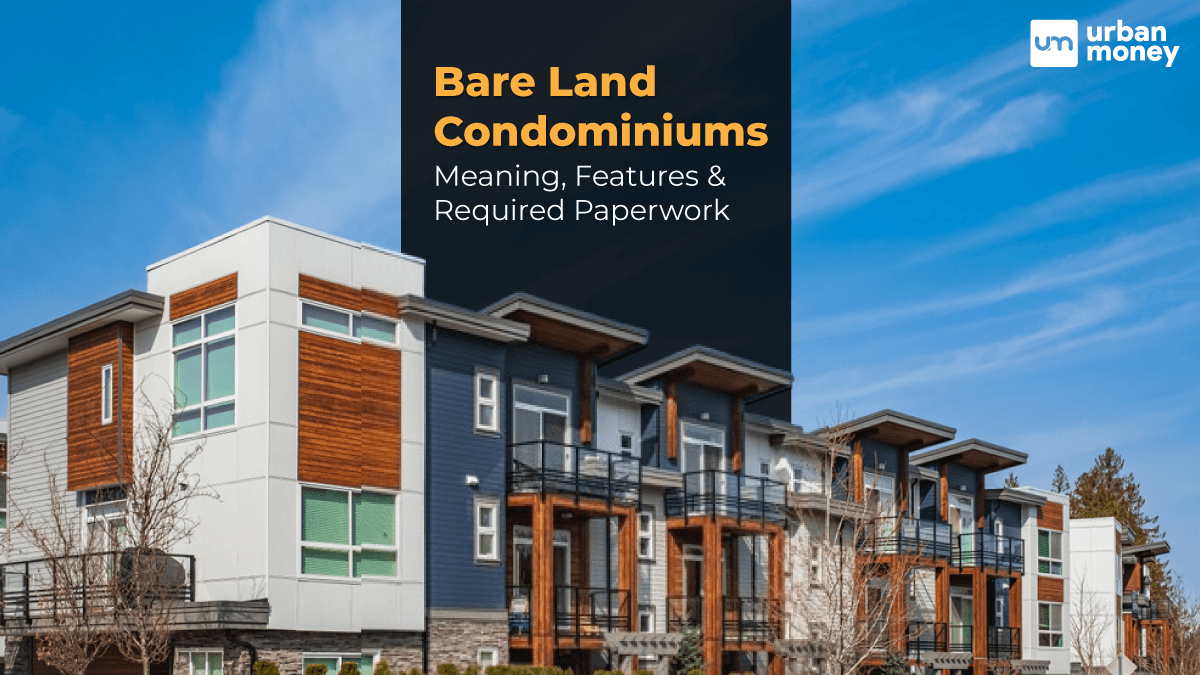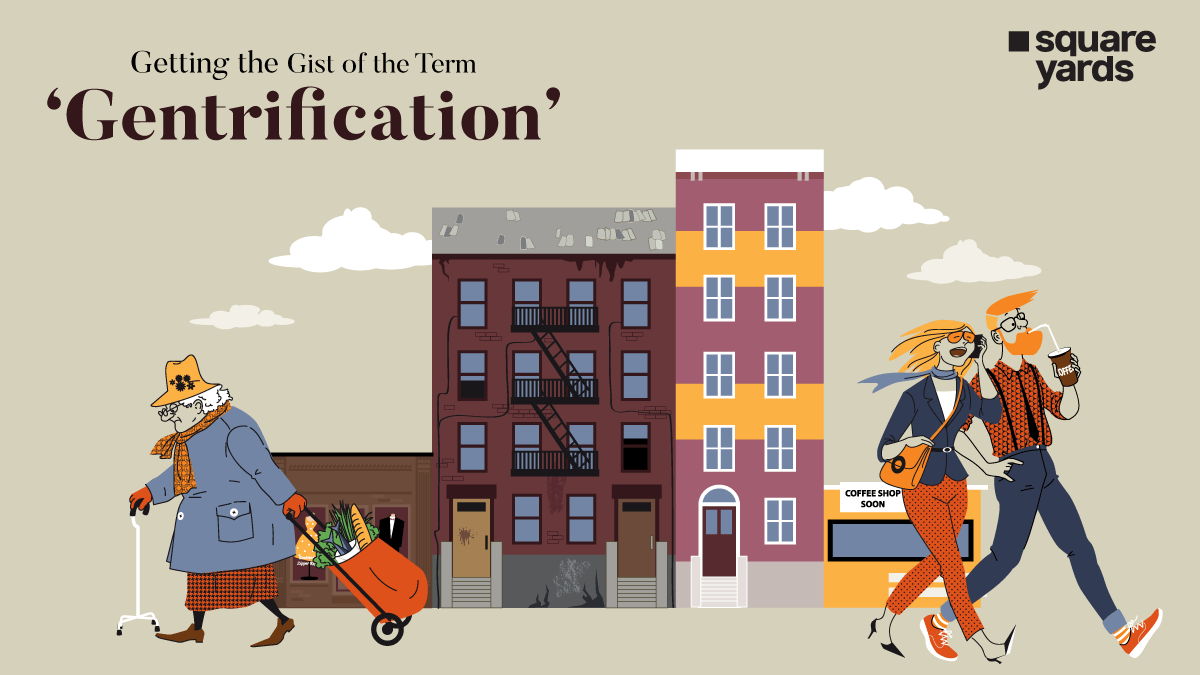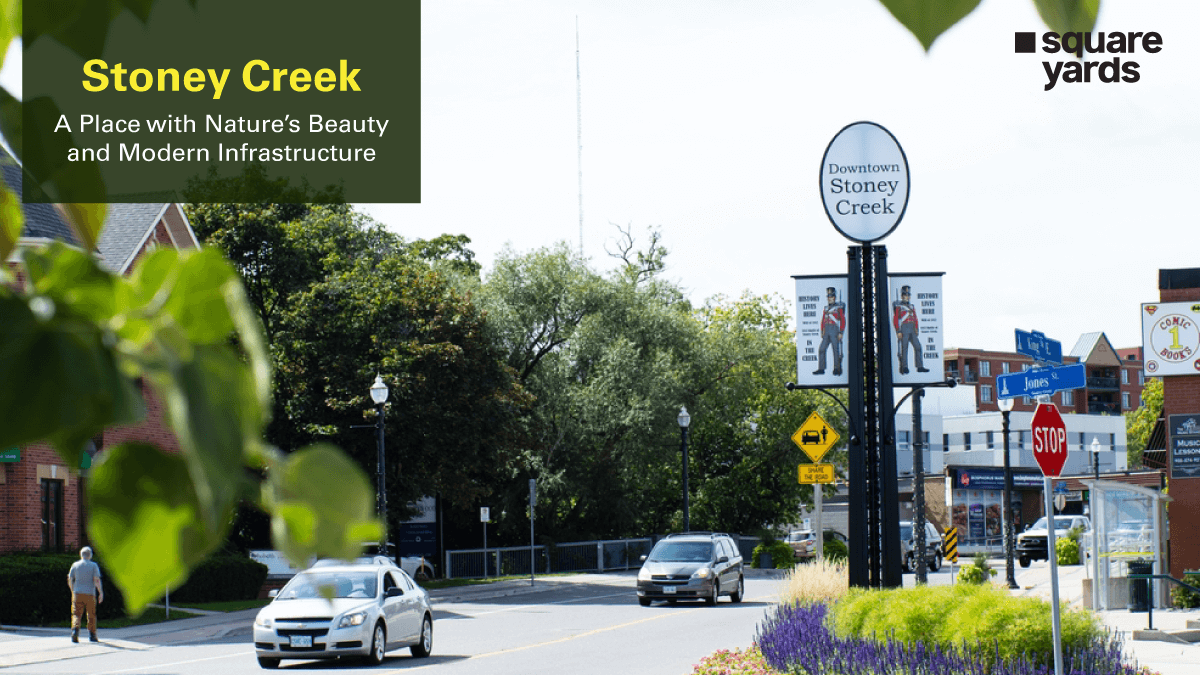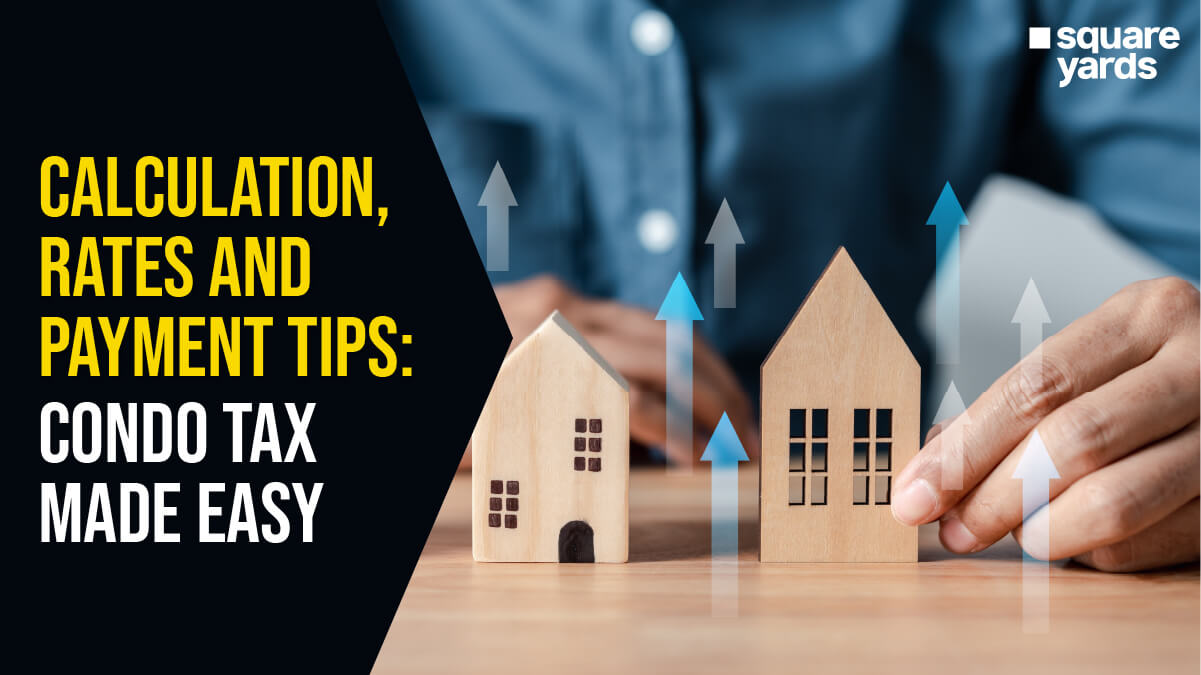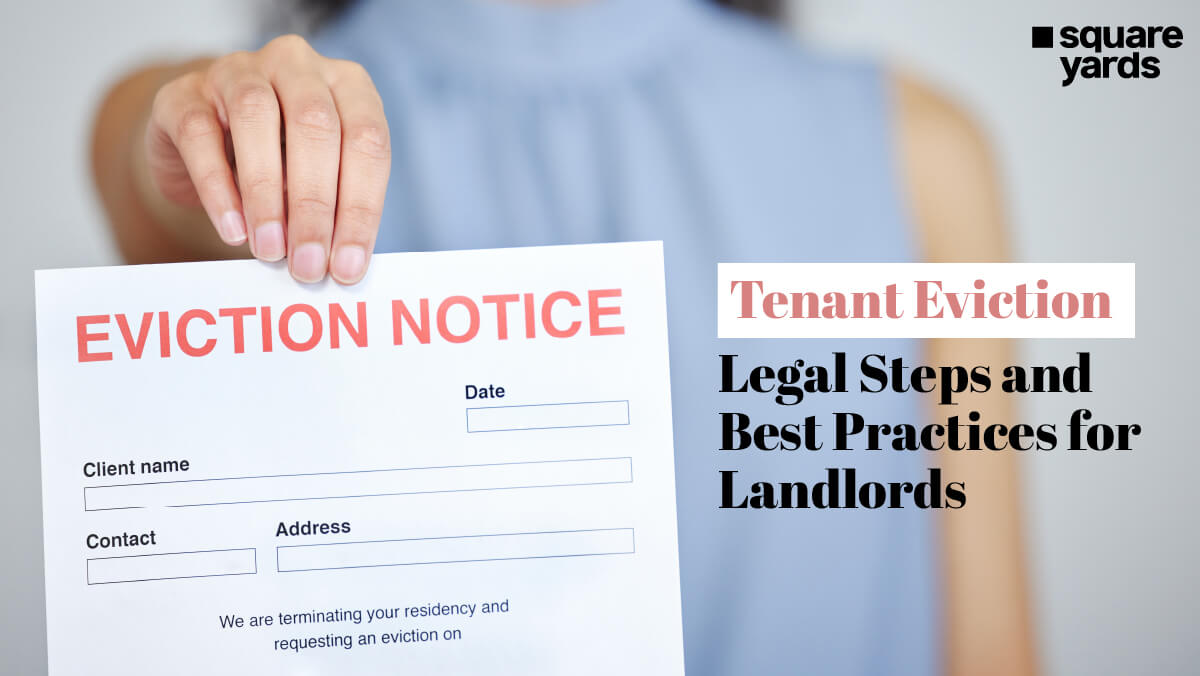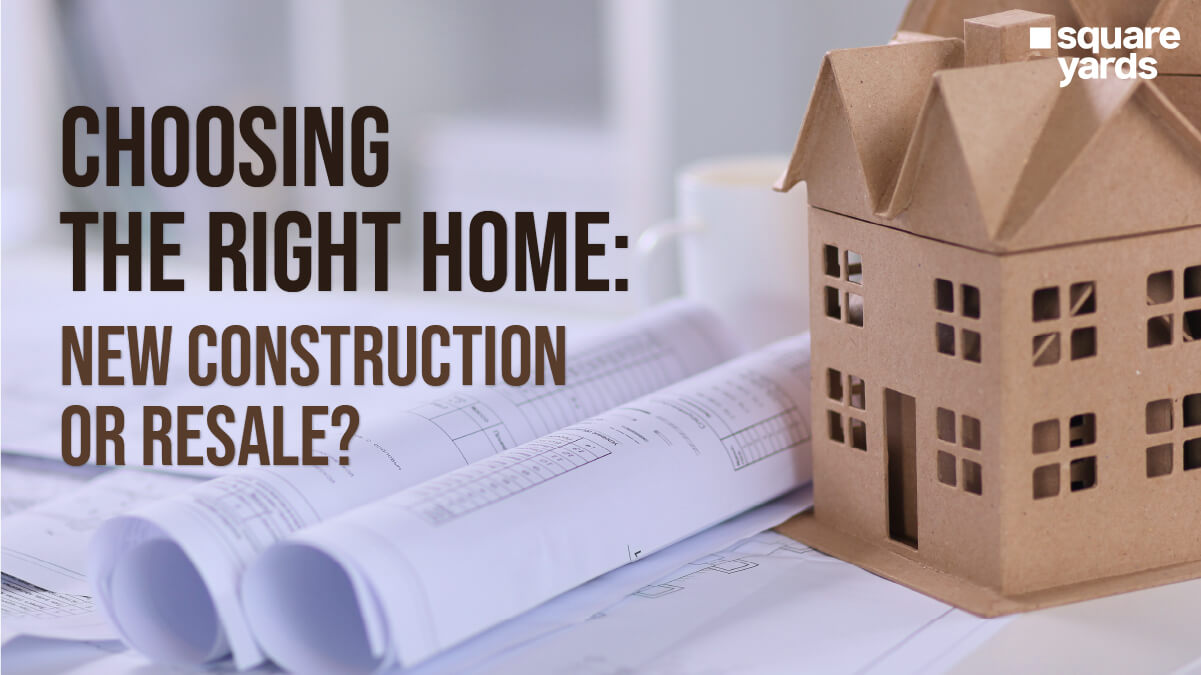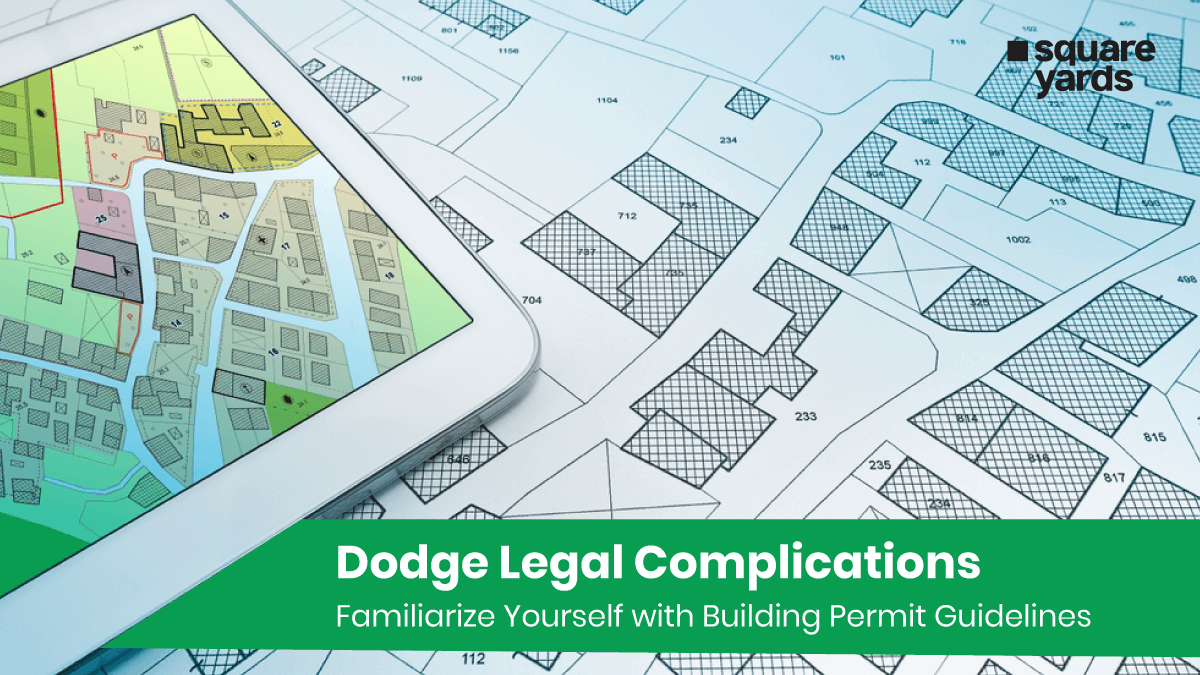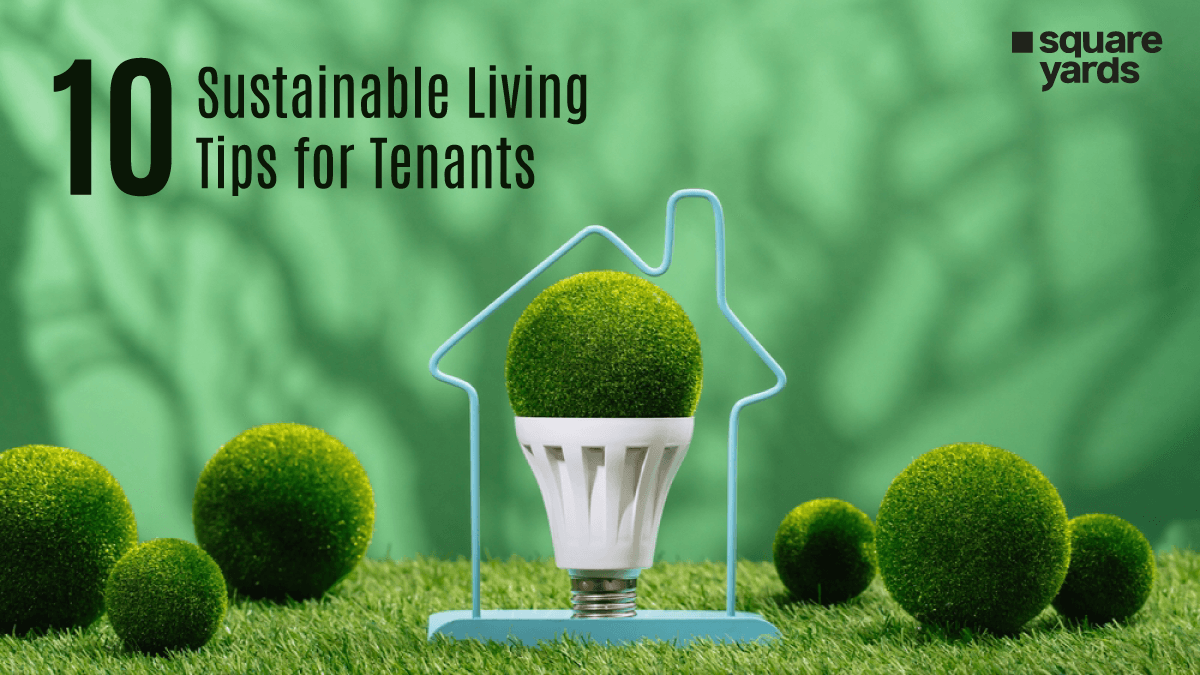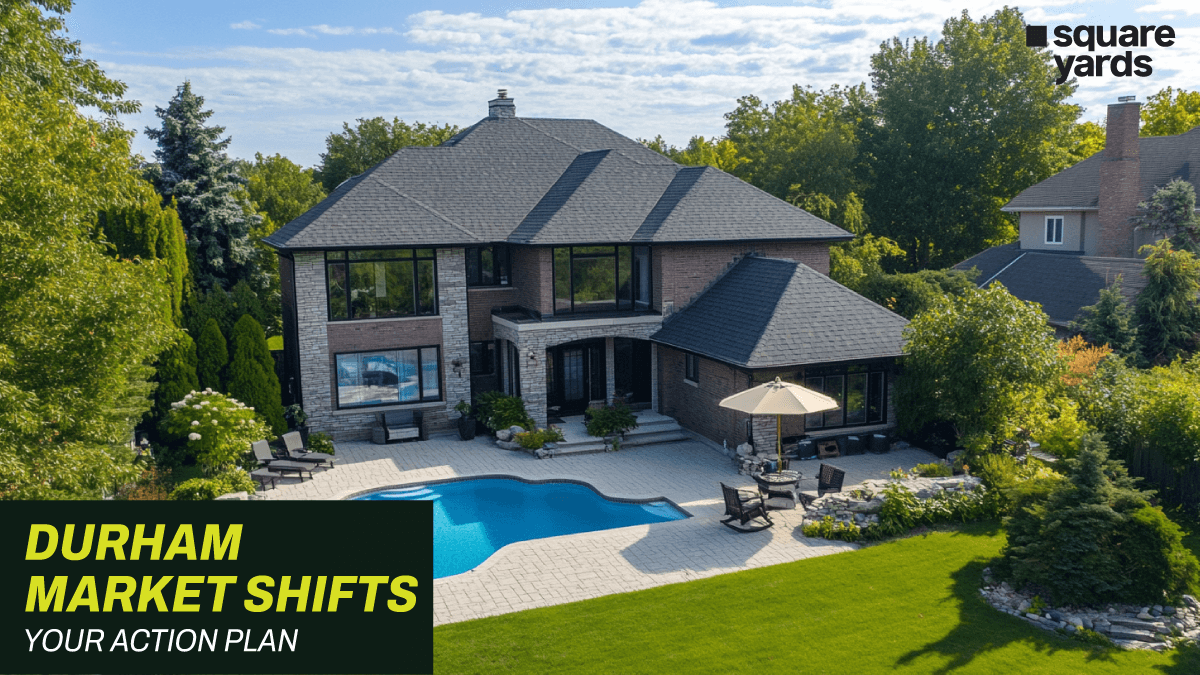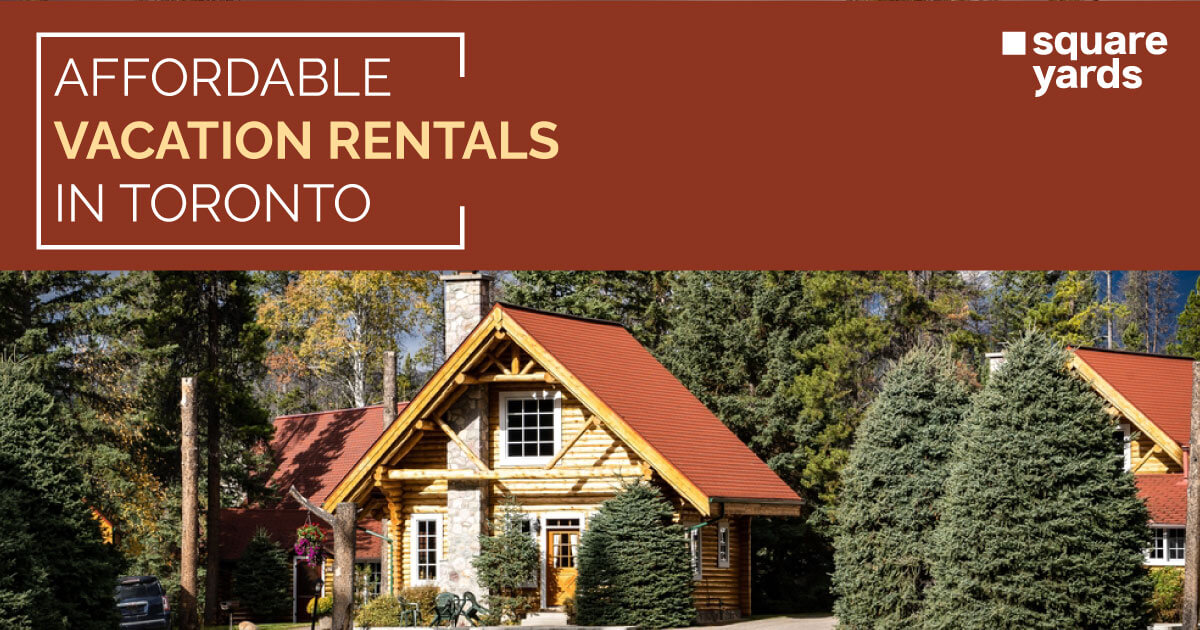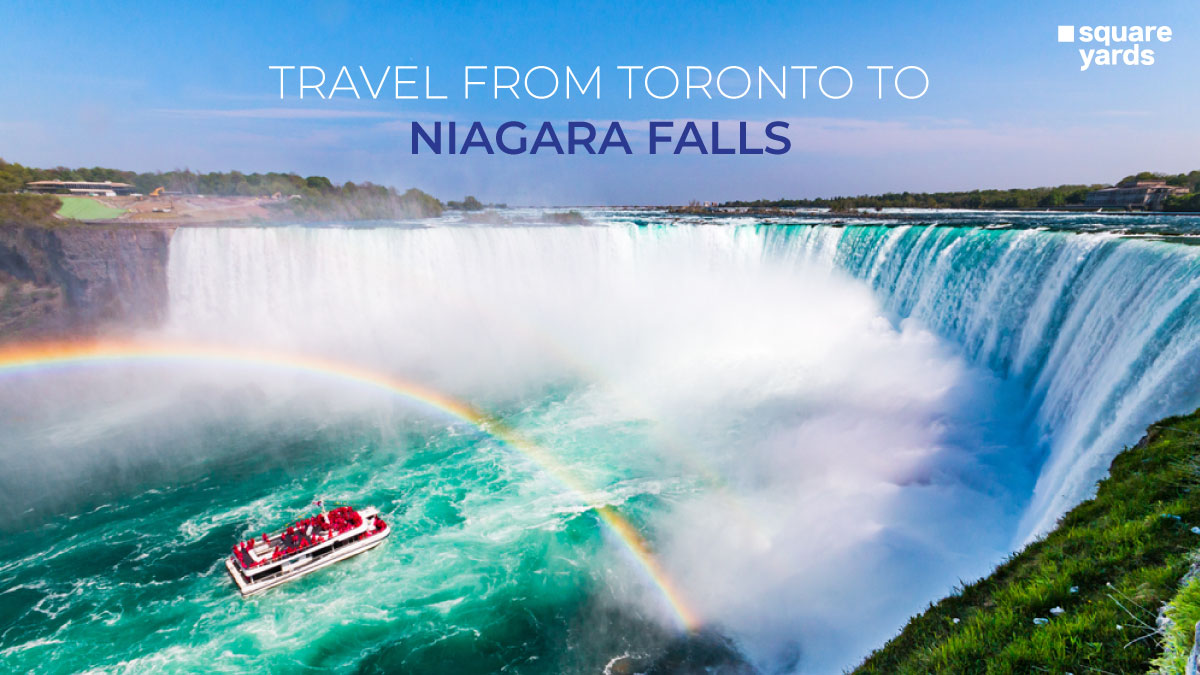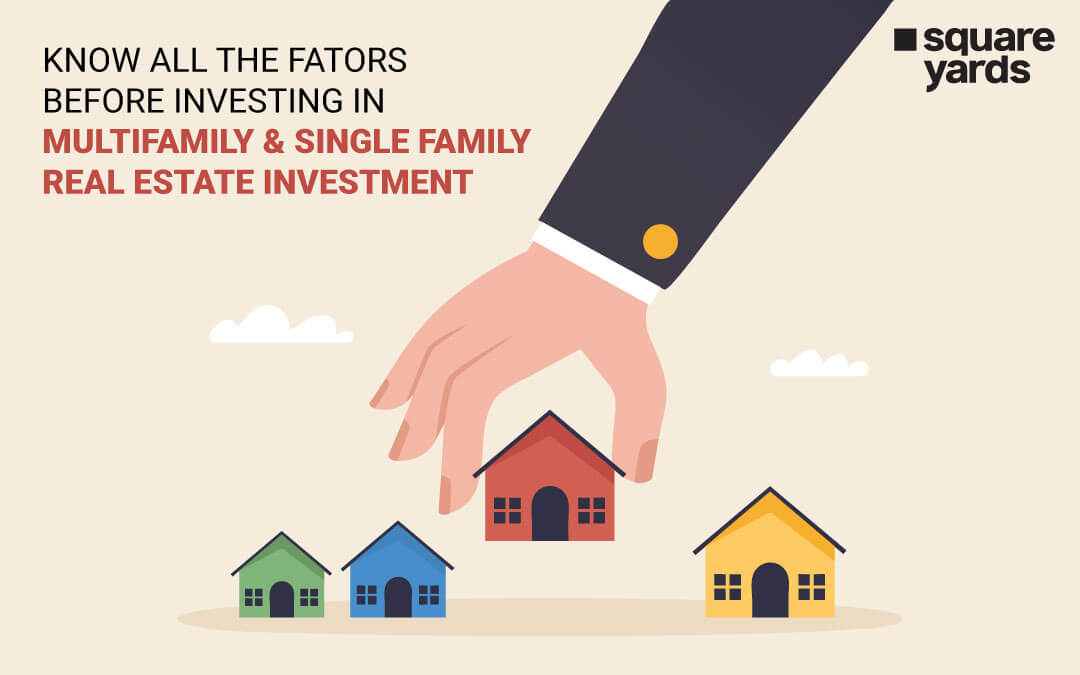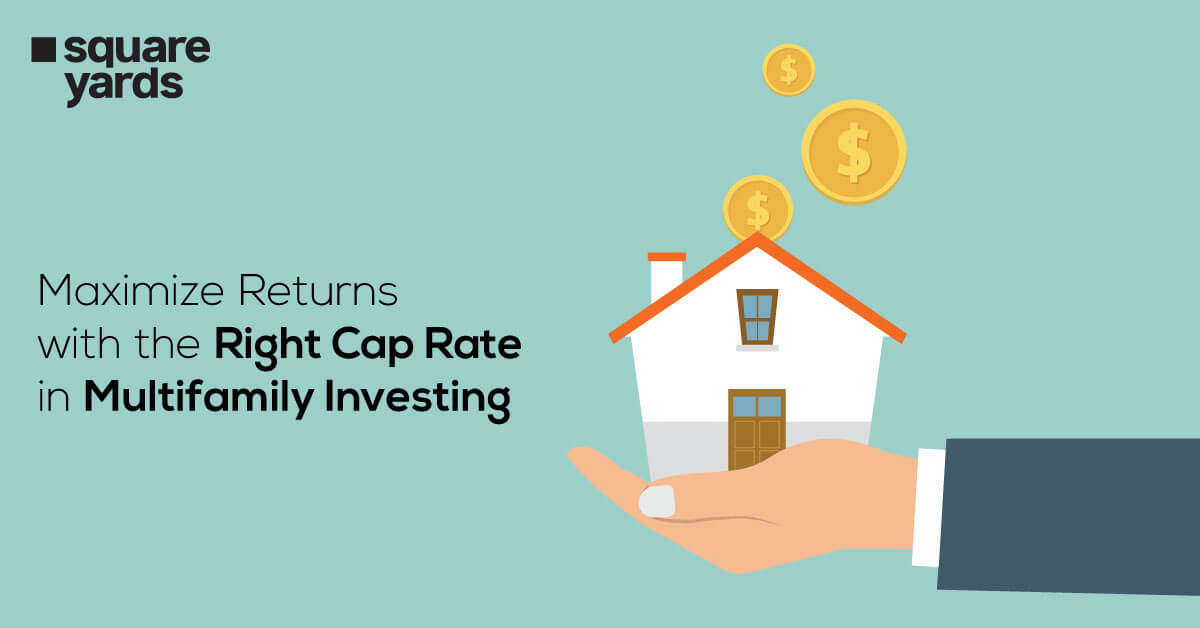Bare land condominiums (BLCs) are a new way of acquiring homeownership, giving owners greater control over their property. Gaining popularity for their attractive features and independence, BLCs are in high demand among investors and first-time home buyers. Bare land condos combine the benefits of community living with independent ownership, creating a balanced lifestyle. They are a modern and flexible alternative to traditional family houses, old structures, and high-end condos. With their lower costs and increased autonomy, bare land properties are popular among a wide range of individuals.
If you prefer owning your land and house while enjoying shared amenities, a bare land condominium could be your best option.
A Breakdown of What Bare Land Condominiums Are
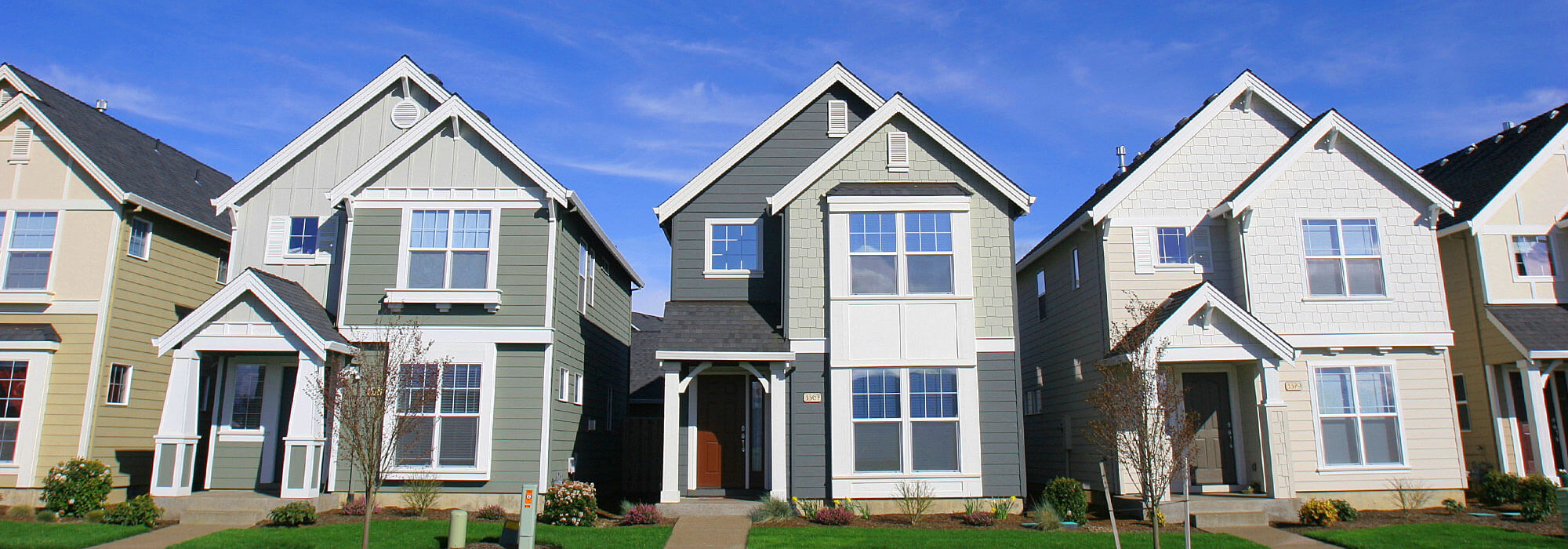
A bare land condominium is a type of ownership structure in which the house owner also owns the land on which the house is built. It differs from the traditional condominium style, giving owners more control and independence over their property. The condo provides the option to own the land beneath the house but share the usage of common areas like roads, pathways, parks, parking, and other amenities with other condominium owners.
This is different from a traditional condominium style, where ownership is limited to a building’s unit in a common property. The land parcel in the bare land condo and the house are the owner’s titles. They are the responsibility of the owner, who has to care for and manage the property, leaving the common area. A bare land condo can be considered a hybrid model of ownership that offers a blend of personal and shared living.
How Are Bare Land Condominiums Different?

As mentioned above, bare land condominiums differ from traditional condominiums in form and structure. In a bare land property, the owner has independent ownership of his house and the land on which it is built. All the amenities on the land belong to the owner, such as a lawn, parking space, and other amenities on the property. In traditional condominium structures, however, only a particular unit inside a building belongs to the owner. The rest of the area is shared among residents or other owners. Bare land condo owners own the land to build their properties.
Unique Features of Bare Land Condominiums
A few unique features of bare land condominiums that make it different are –
Ownership
In a bare land condominium, owners have full control over the land and the building, allowing more autonomy and independence in managing their property. They can exercise greater control over modifications, landscaping, and even expansions, provided they fall within the guidelines set by the condominium welfare association.
Responsibility
Unlike traditional condo owners, BLC homeowners are in charge of maintaining their property and land, and they control only the interiors.
Common Areas
Even though you own the land, you can still use common areas, parking lots, and security services provided commonly in the condominiums. A condominium association generally oversees the facilities provided to the owners.
Condominium Fees
In bare land condos, the monthly or annual fees are lower because the owners are more responsible for maintaining their units and property. However, a fee is also charged for maintaining common spaces and community-shared areas.
Community-Oriented Living
Residents have developed a sense of community living, making bare land condominiums appealing and desirable places to live. Many bare land condominiums offer outdoor facilities such as parks, playgrounds, gyms, courts, and other sports, which the condominium association maintains.
Documents Required for Bare Land Condominiums
Purchasing and investing in a bare land condominium requires knowledge of Canadian laws, finance and real estate. Essential documents required to complete your bare land condos for sale include –
-
- Condominium Plan
- Certificate of Title
- Purchase Agreement
- Bylaws of the Condominium
- Estoppel Certificate
- Fee and Condominium Disclosure
- Insurance Policy
Tips for Easily Identifying Bare Land Condominiums
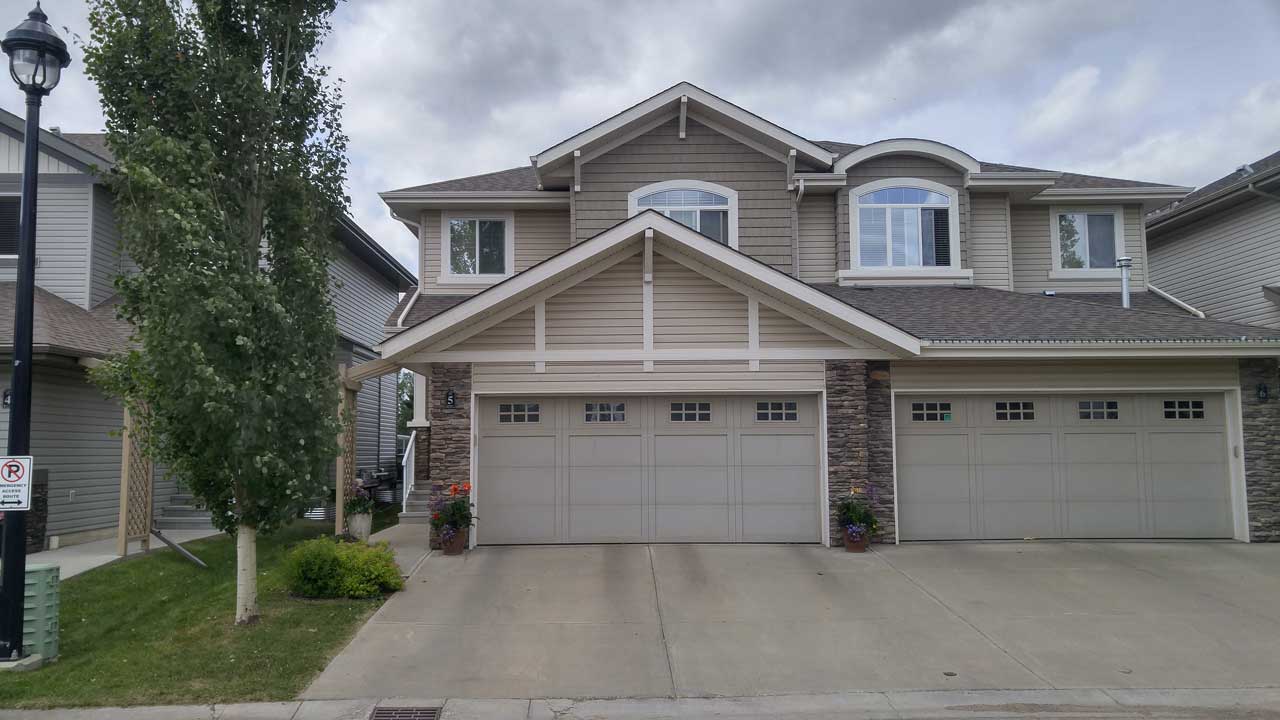
Identifying bare land condominiums can be challenging, especially when you need to know what steps to take. There are a few ways through which one can easily find bare land properties –
Verify the Title of the Property
Examining the property title or deed is one of the simplest ways to determine whether a property is a bare land condominium. This document will specify owner details, establishment date, and ownership type.
Condominium Plan
It is a registered document that explores the limits of individual units and common areas of bare land condominiums.
Real Estate Agent and Websites
Real estate agents or websites can help you find bare land for sale.
Examine the Rules and Laws
The Housing Association sets the rules or condominium bylaws for bare land for sale. These rules govern the management of bare land condominiums and what homeowners can and cannot do with their land. For example, instructions on entry and exit, parking, landscaping, or exterior property fixtures can be included.
Pro Tip
Bare land condos require a Real Property Report as part of the contract to show compliance with local legislation. Owners often make modifications, so ensure you review the property thoroughly.
Final Words
Bare land condominiums provide an effective alternative for those looking for a flexible homeownership. Before buying, understand bare land condos’ rules, terms, and community conditions. Offering a new perspective on homeownership, bare land condominiums are options for the future.
You May Also Read :
|
Guide To Home Ownership in Canada |
|
|
What is Small and large condo |
|
|
Explore Bedford Condos in Ontario |
|
|
Understand Condo Vs House in Canada |
|
|
Canadian Condo Real Estate Housing Market |
Frequently Asked Questions (FAQs)
Bare land condominiums are a new form of condominium ownership. In these, the owner owns both the house and the land on which the house is built.
The key difference between conventional and bare land condos is that in conventional condos, owners only own the unit, not the land. However, bare land condo owners own both the land and the unit, giving them full control over the property.
There are various types of condominiums, including standard, phased, vacant land, and common elements. Bare land condominiums in Ontario stand apart due to their unique ownership structure. These can be divided into two main categories: freehold condominiums, where owners have full ownership of the land and unit, and leased condominiums, where the land is leased while the unit is owned. What are bare land condominiums?
What is the difference between bare land and conventional condos?
What are the different types of condominiums in Ontario?

